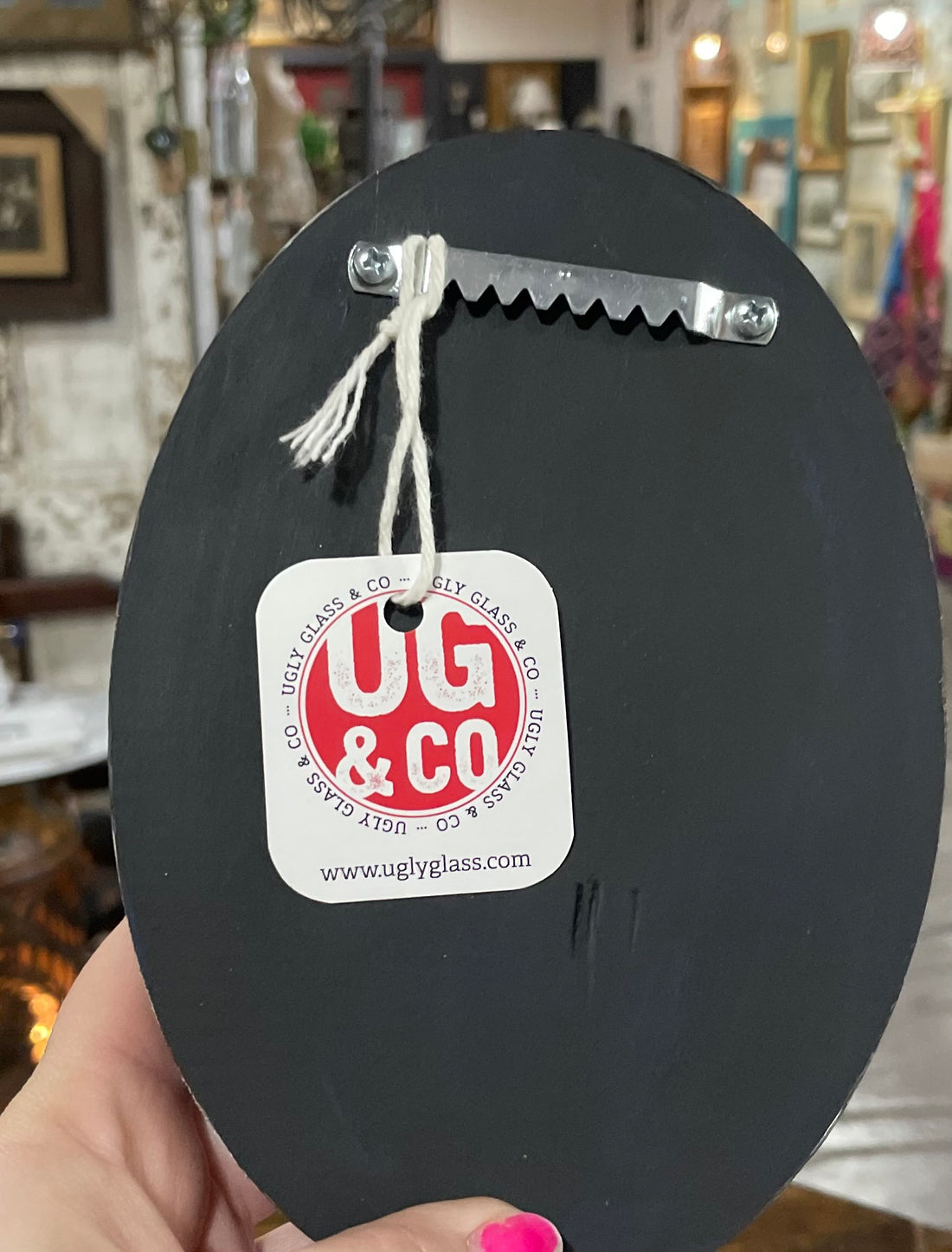
The Power of Silent Salesmen: Enhancing Your Brand with Branded Price Tags
#TipTuesday
In the bustling world of retail, where competition is fierce and consumer attention is fleeting, every detail matters. One often-overlooked aspect that can significantly impact a brand's perception and sales is the humble price tag. Branded price tags serve as silent salesmen, conveying much more than just the cost of an item. They play a crucial role in enhancing the overall customer experience, reinforcing brand identity, and influencing purchasing decisions. Let's explore the importance of these silent salesmen and how they can elevate your retail strategy.
1. **Reinforcing Brand Identity**
Branded price tags are an extension of your brand. They offer a unique opportunity to reinforce your brand's identity at the point of sale. Consistent use of brand colors, logos, and fonts on price tags ensures that your branding is cohesive and recognizable. This consistency helps in building a strong brand image, making your products easily identifiable and memorable to customers.
2. **Enhancing Perceived Value**
The design and quality of your price tags can significantly impact the perceived value of your products. A well-designed, high-quality price tag suggests that the product itself is of high quality. Conversely, a flimsy or poorly designed price tag can detract from the product's perceived value, regardless of its actual quality. Investing in premium price tags can therefore justify higher price points and enhance the overall shopping experience.
3. **Communicating Key Information**
Beyond the price, branded price tags can communicate essential information about the product. This might include details about the materials, manufacturing process, or unique selling points. Clear, concise, and well-presented information can help customers make informed decisions quickly, reducing hesitation and increasing the likelihood of purchase.
4. **Creating a Sense of Exclusivity**
Exclusive branding on price tags can create a sense of scarcity and exclusivity. Limited edition products or special collections can be highlighted with unique price tags, making them stand out and appealing to customers who are looking for something special. This approach can drive sales by tapping into the desire for exclusive and unique items.
5. **Building Trust and Transparency**
Transparent communication through branded price tags builds trust with your customers. When customers feel informed and confident about their purchase, they are more likely to become repeat buyers. Including information such as the origin of the product, sustainable practices, or quality assurances can help build this trust.
6. **Encouraging Impulse Buys**
Effective price tag design can also encourage impulse buys. Eye-catching tags that highlight discounts, special offers, or limited-time promotions can prompt customers to make quick purchasing decisions. Strategic placement and design of these tags can create a sense of urgency, driving immediate sales.
7. **Standing Out in a Crowded Market**
In a retail environment where consumers are bombarded with choices, standing out is key. Branded price tags that are distinctive and well-designed can capture attention and differentiate your products from the competition. They act as a subtle yet powerful tool to attract and retain customer interest.
Branded price tags are much more than a simple way to display the cost of an item. They are silent salesmen that communicate your brand's values, enhance the shopping experience, and influence purchasing decisions. By investing in well-designed, high-quality price tags that align with your brand identity, you can create a more cohesive and compelling retail experience. Remember, in the world of retail, every detail counts, and your price tags are no exception. Make them work for you, and watch as they quietly but effectively drive your brand's success.